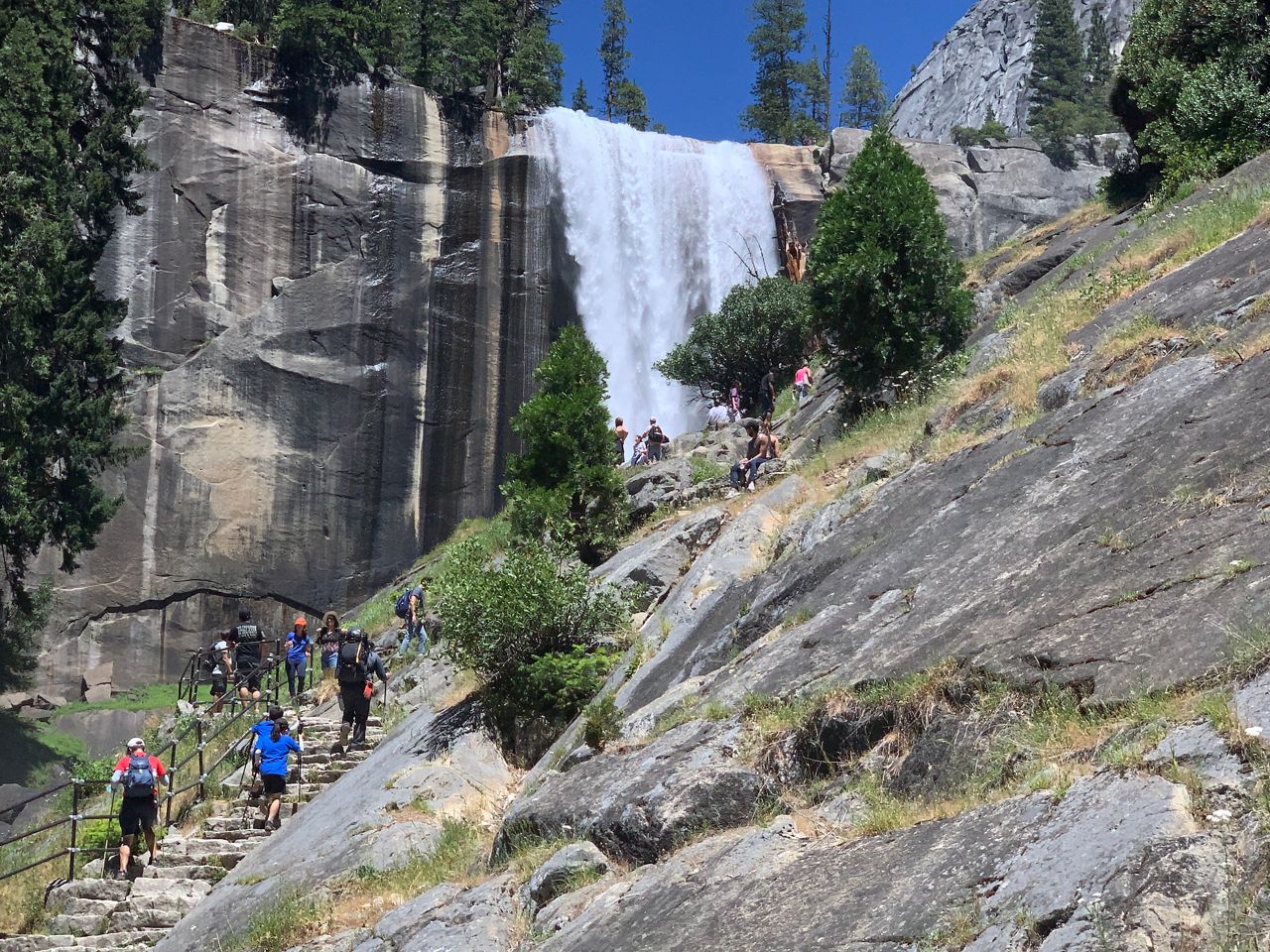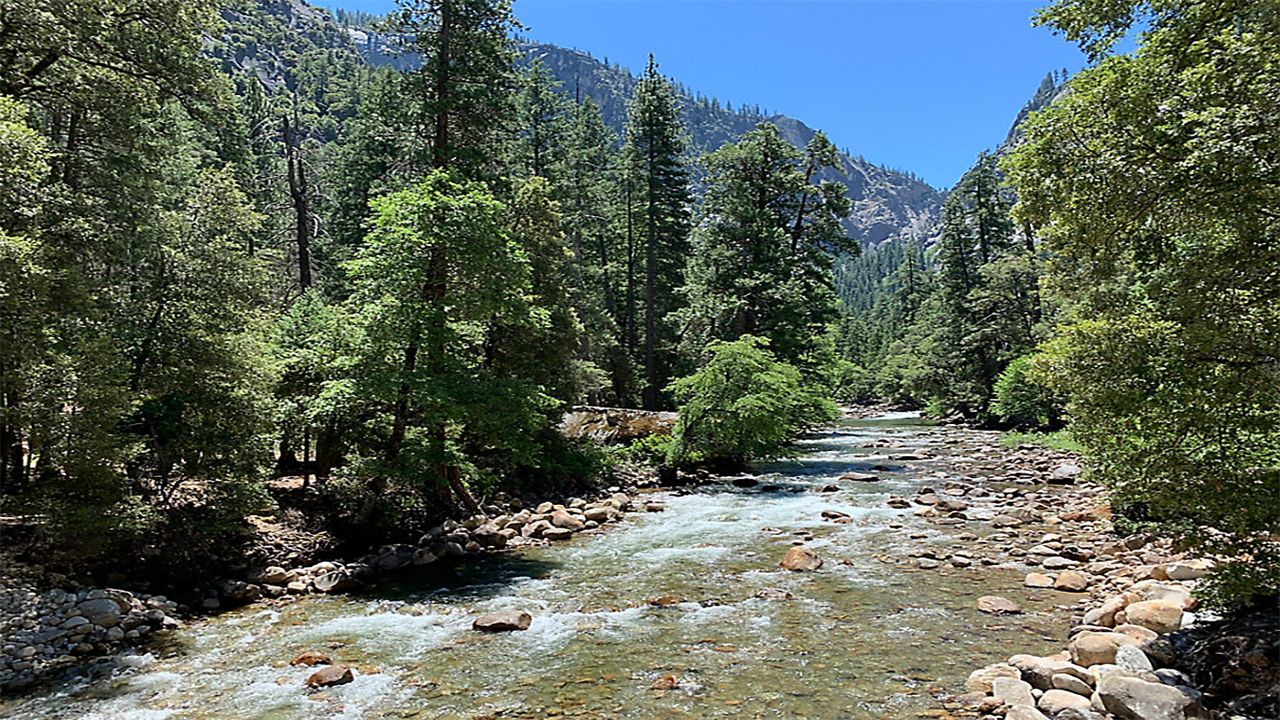It’s summer and for many, it’s time for a road trip. One popular spot to visit is Yosemite National Park.
Yes, the park is open…despite the Covid-19 pandemic. But, it’s open with limited services and facilities.
And, it’s only open to those who make a reservation – either by purchasing a day-use permit, booking a spot at a park camping site, lodge or vacation rental, or by traveling with an authorized tour group or regional transit system.
I visited the park with my family in late June 2020 and we must have taken hundreds of photos.
The views are absolutely amazing!

Generally, the best time to see waterfalls at Yosemite is in spring, when most of the snowmelt occurs.
Peak runoff typically occurs in May or June. The park’s website states some waterfalls are only a trickle or completely dry by August.
While the humans were away, the animals came out and played.
Rangers spotted more deer, bears and other wildlife roaming the park when the park was completely closed for the first two months of the pandemic.
When we were driving out of the park, we noticed a bunch of people off the side of the road with cameras in hand and eyes wide open.
They spotted what appeared to be a mama bear and possibly some cubs strolling in a meadow. Unfortunately, my smart phone couldn't zoom in close enough.
But, I did get a close up of this little guy, and there were a lot of them around.

One thing that hasn’t changed - Yosemite’s climate.
Remember, climate refers to weather conditions over a long period of time. And weather refers to the minute by minute, hour by hour, day to day changes in the atmosphere.
The park, located in the Sierra Nevada, has elevations ranging from about 2,000 feet to 13,000 feet.
Summers in Yosemite are generally warm by day and chilly at night.
Average high temperatures are in the low 90s in July and August. Average overnight lows are in the mid 50s.
Yosemite receives 95 percent of its precipitation between October and May and more than 75 percent between November and March.
It can be rainy or snowy in Yosemite during any given winter storm.

It was warm in the Yosemite Valley situated around 4,000 feet. This made it extra hot for our “moderate, strenuous” hike up to Vernal Falls.
Temperatures reached the mid 80s.
But, we considered ourselves lucky because it reached the upper 90s the day before. The day after we left, temps dropped into the upper 70s.
The mist from the falls sure felt great. If it was a little windier, we would've gotten more wet.
I recommend bringing a poncho if you hike the Mist Trail, which includes Vernal Falls.
It's stunning and a must-see! But, I wouldn't recommend it if you don't consider yourself in the best of shape, or if you're afraid of heights.
On a warm day, pack at least two big water bottles if you go hiking. Pack more if it's hotter and if you’ll be going on strenuous hikes.
Thank goodness for the stations where we could refill our bottles with fresh mountain spring water.

My first two visits to Yosemite several years ago were quick. I drove in and out within 3 hours.
This third time around, I stayed an entire day. What a difference that makes!
We spent another three days in a vacation rental in Mariposa, about 45 minutes to an hour away.
I hope when you go, you'll spend some quality time there, possibly even a week. The Day-Pass reservation is good for 7 days.
I’m a firm believer that surrounding ourselves in nature is a great way to relieve stress and re-energize our bodies and minds.
If you'd like to see other pics from my trip, check them out on Instagram.



